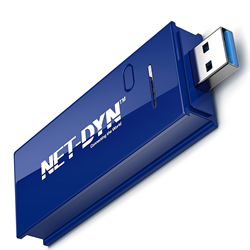Forklifts: Signs You Need To Replace Forks

In accordance with OSHA guidelines, operators must inspect their forklifts before each shift. One of the areas forklift operators must inspect is, of course, the forks. This allows operators to swiftly fix any health hazards plaguing forklifts. Signs you need to replace forks are very apparent if you know what to look for. This list will teach you how to spot the telling signs it’s time to fix your forklift’s forks.
Excessive Wear
Due to how much contact your forks make with heavy loads, it’s normal for them to wear down over time. The diminishing thickness of forklift forks is a telling sign that it’s time for a replacement. You should pay extra attention to the forklift tips. The reason for this is that the tip is where wear-and-tear often begins on forklifts. Signs you need to replace forks will often appear here first, though pay attention to the thickness of your fork as a whole.
In terms of “excessive” wear, the usual rule of thumb goes that you should replace forks once the fork thickness drops 10 percent below its original thickness. Wear can occur anywhere on your fork and should never be recklessly allowed to flourish.
Substantial Cracks or Gouges
It’s no surprise that conducting routine pre-shift inspections is one of the primary duties of a forklift operator. These heavy machines can be hazardous, but by sticking to the proper maintenance protocols, forklift operators are making a big, positive impact on workplace safety.
Although worn forks might be hard to spot at first, cracks, gouges, and scratches aren’t very subtle. You’ll typically see damages like these around the heel or shank of the forks. If you don’t replace your forks after spotting cracks or gouges, they can wind up breaking the next time you use them to pick up a heavy load.
Bent Forks
Another noticeable indication it’s time to replace your forks is any sign of bending. Similar to wear-and-tear, bending will typically appear on the tips of your forks. Considering this is where you’ll be loading materials, your forks must be at the normal 90-degree angle they were at when first arriving at your facility. If your forks bend to a 93-degree angle or beyond, don’t hesitate to replace them. Stable forks will help you maintain stable loads, which is crucial to workplace safety.





